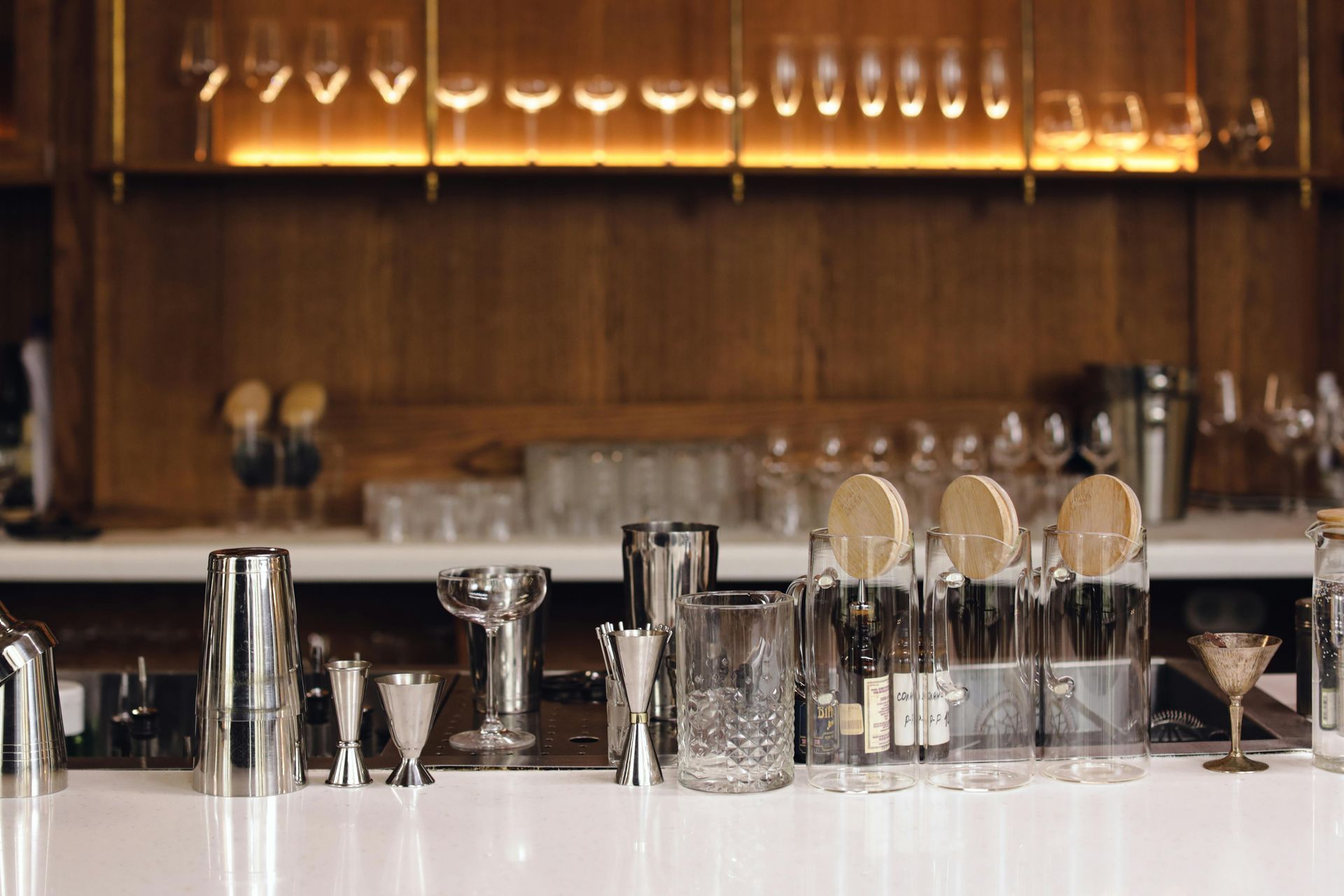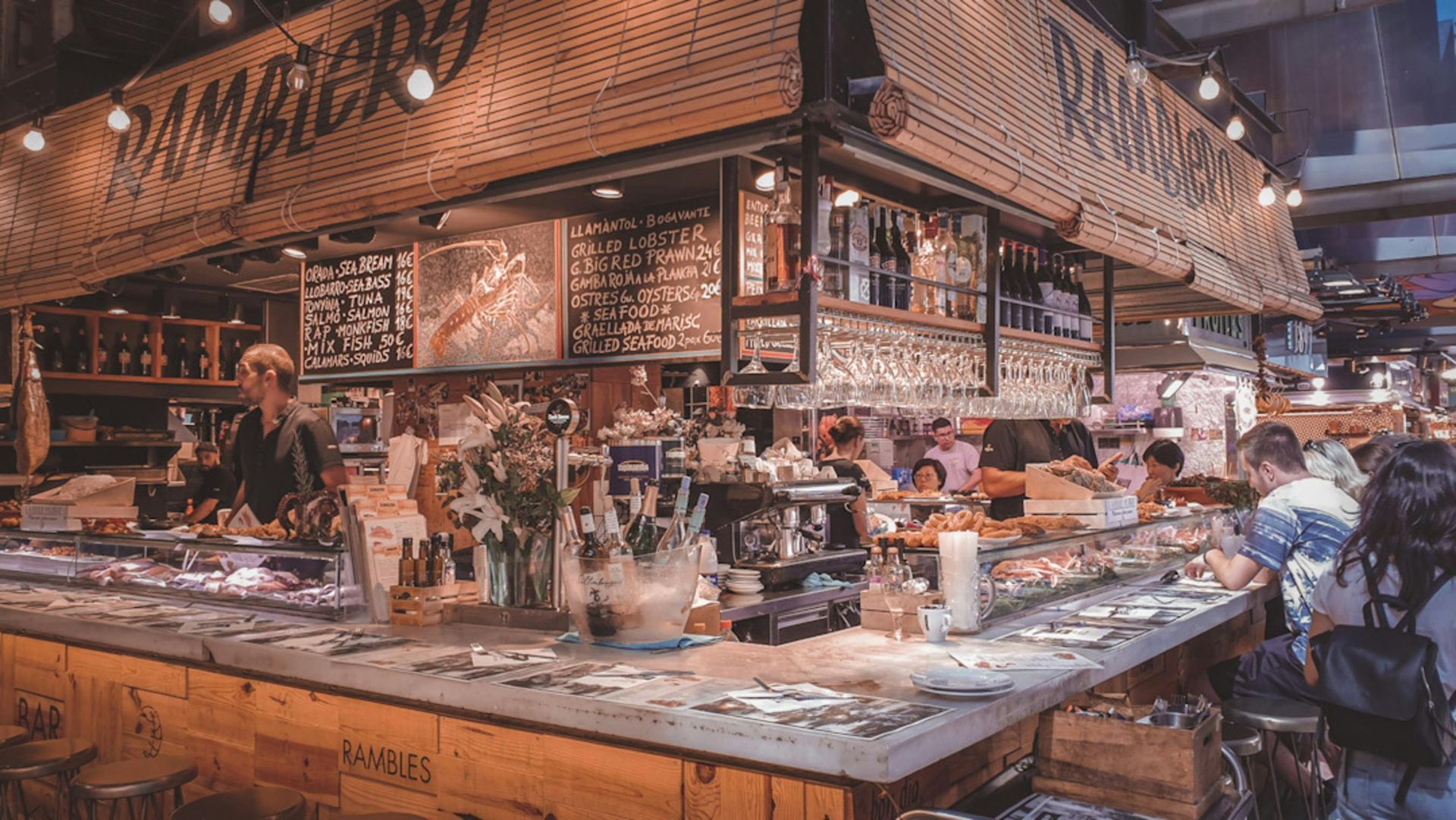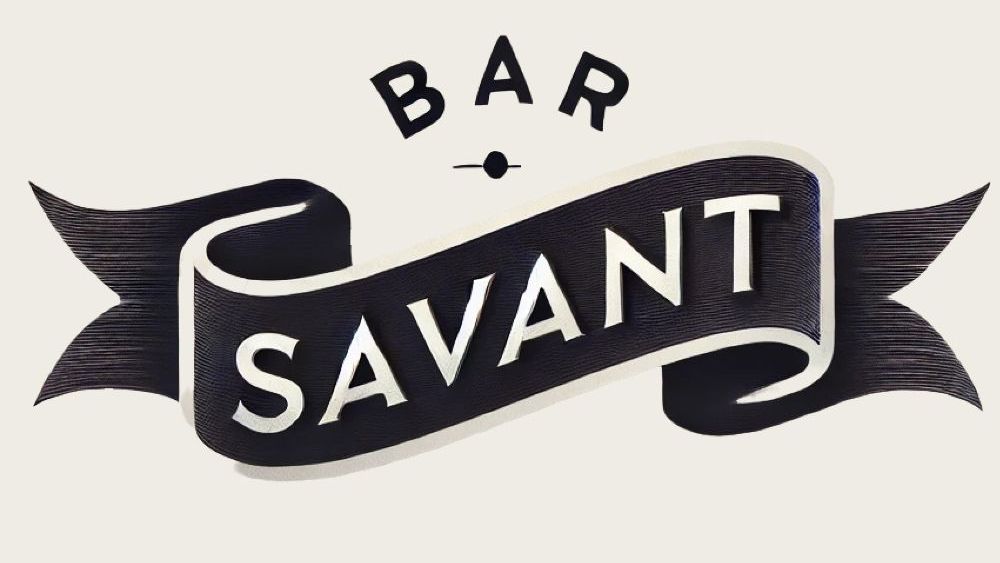
Blog Layout
Service and Work flow
Gettye Goins • December 15, 2024
A well-executed service workflow is the engine that keeps a craft cocktail bar running smoothly. It’s not just about making drinks—it’s about creating a rhythm and structure that allows the entire team to work in harmony, even during the busiest hours. Every role, every movement, every process plays a part in ensuring the bar operates efficiently while delivering the highest quality experience for guests.
At the center of this workflow is clarity. Everyone on the team needs to know their role and responsibilities at any given time. When a shift begins, there’s no room for confusion or ambiguity—each team member steps into their position with a clear understanding of what’s expected. This clarity ensures that service remains fluid, even when the pressure is on.
The lead bartender functions as the conductor of this symphony, orchestrating the flow of service. They’re not just another set of hands behind the bar; they’re the ones ensuring that every piece of the puzzle fits together. Their role is to oversee the pace, delegate tasks, and maintain communication between the front-of-house team and the bartenders. Whether it’s calling out incoming tickets, engaging with guests, or stepping in to help during a rush, the lead bartender sets the tone for the shift. A strong lead bartender is proactive, always staying a step ahead of potential bottlenecks and anticipating the needs of both the team and the guests.
The bartenders themselves are the heart of the operation. Their primary focus is on crafting drinks, but their role extends beyond simply following recipes. Bartenders must work with speed and precision, maintaining consistency in every cocktail they prepare. The workflow at their station is carefully designed to minimize movement—ingredients, tools, and glassware are all within reach, allowing them to stay focused on the task at hand. During service, bartenders also play a crucial role in maintaining quality control. They taste, adjust, and refine as needed, ensuring that every drink leaving their station meets the bar’s standards.
Service well bartenders, in particular, operate with a unique focus. Their job is all about volume—handling the majority of tickets coming in from servers and ensuring that drinks for the floor are prepared quickly and efficiently. These bartenders often don’t have the luxury of engaging directly with guests, but their work is no less important. The speed at which they operate is critical to keeping the floor moving and ensuring that table service remains smooth and uninterrupted.
Meanwhile, the barback is the unsung hero of the workflow. Their role is equal parts support and apprenticeship. Barbacks are responsible for keeping the bar stocked, clean, and organized—tasks that might seem invisible to guests but are absolutely essential to maintaining the pace of service. They’re the ones restocking ice, refilling garnishes, and ensuring that bartenders never have to slow down to fetch a bottle or grab a clean shaker. A great barback operates with a sense of urgency, always anticipating the needs of the bartenders and staying one step ahead. At the same time, the barback’s role is a training ground. By working closely with experienced bartenders and observing their techniques, they gain the knowledge and skills needed to eventually step into a bartending role themselves.
The handoff between roles—lead bartender, bartenders, barback, and servers—is where the workflow really shines. A seamless service relies on strong communication and mutual trust. For example, when a ticket comes in, the lead bartender might assign it to a specific bartender or decide to handle it themselves, depending on the complexity of the order and the current pace of service. The barback ensures that the necessary ingredients are always within reach, while the server or runner is responsible for delivering the finished drinks to guests promptly. Each handoff is an opportunity for things to go wrong, but with clear systems and strong teamwork, the process becomes second nature.
Preparation is another key component of the workflow. Long before the first guest walks in, the team is already hard at work setting the stage for a successful shift. This includes everything from prepping ingredients—juicing citrus, batching syrups, and cutting garnishes—to stocking the bar with glassware, tools, and spirits. This mise en place mindset ensures that once service begins, the team can focus entirely on execution without being slowed down by missing or unprepared items. Preparation doesn’t end with opening, though. Throughout the night, the team constantly restocks and resets, maintaining the same level of readiness until the final drink is served.
Flexibility is essential in any service workflow. No two shifts are exactly the same, and the team needs to be able to adapt to changing circumstances. During a slow night, the workflow might shift to focus on training or experimenting with new techniques, allowing junior staff to develop their skills in a low-pressure environment. On a busy night, the same team might operate at full tilt, relying on the structure of the workflow to keep things from becoming chaotic. The ability to scale up or down without losing efficiency is a hallmark of a well-designed workflow.
Technology can also play a role in streamlining the service workflow. A modern point-of-sale (POS) system, for instance, helps ensure that orders are communicated quickly and accurately. Some bars even use bar-specific software to track inventory in real time, alerting the team when certain items are running low and preventing surprises during service. While technology is a valuable tool, it should enhance the workflow, not complicate it. The best systems are intuitive and easy to integrate into the team’s existing processes.
At the end of the night, the workflow shifts to include breakdown and cleanup. Just as preparation is essential before service, proper closing procedures set the stage for the next shift. This includes restocking, cleaning stations, and performing inventory checks. A strong closing routine not only keeps the bar running smoothly but also reinforces a sense of pride and professionalism among the team. There’s something satisfying about leaving a perfectly organized bar at the end of the night, knowing it’s ready for whatever comes next.
Ultimately, the service workflow is about creating a system that allows bartenders to focus on their craft, guests to enjoy their experience, and the bar to operate at peak efficiency. It’s a delicate balance between structure and flexibility, precision and creativity. When the workflow is designed and executed well, the bar hums with energy, and everything just seems to click. The result is a team that works together seamlessly, a space where guests feel taken care of, and a bar that delivers an unforgettable experience every single time.
The Craft Bar Blueprint
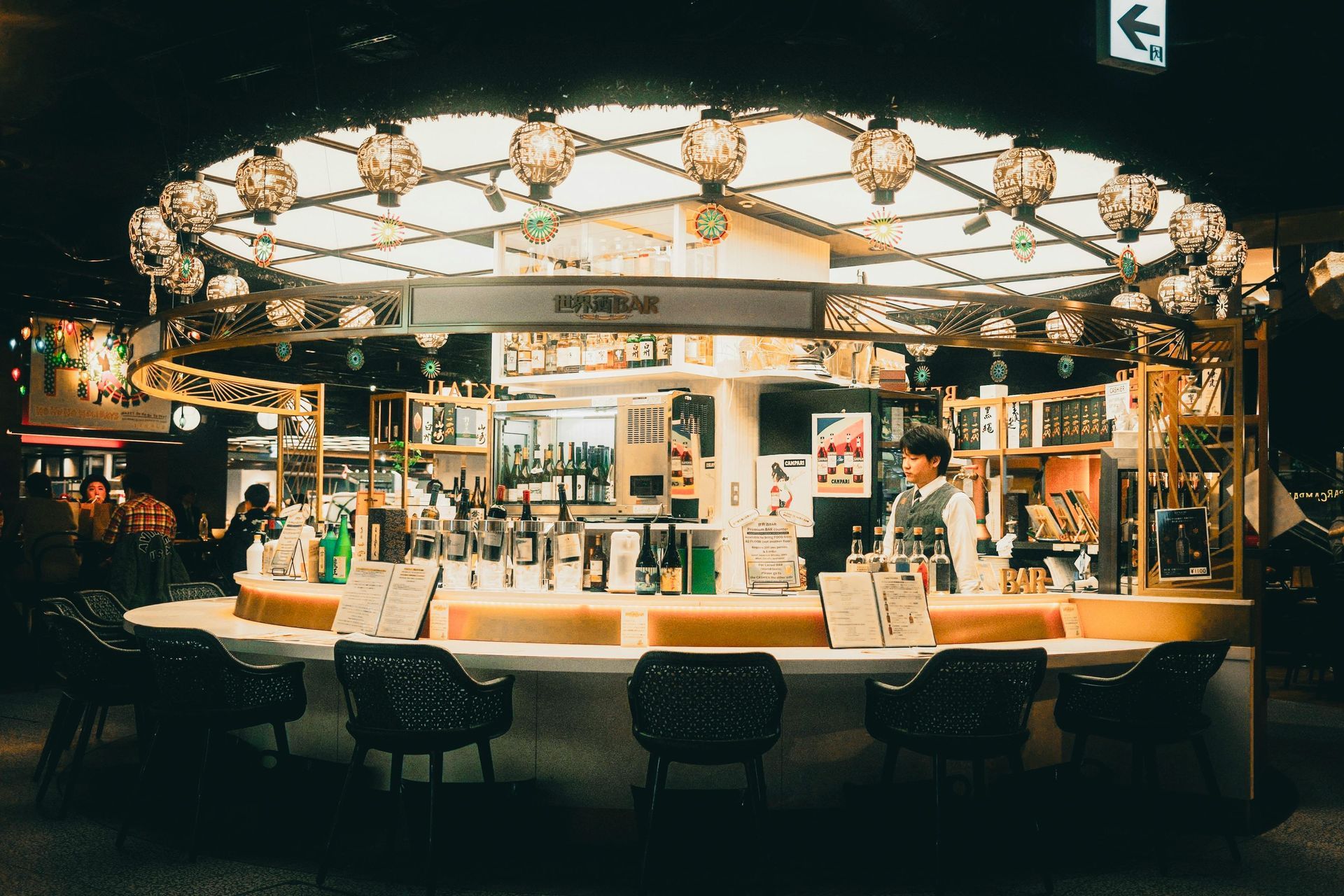
By Gettye Goins
•
December 19, 2024
“Discover expert insights into staffing and team dynamics for boutique craft bars. Learn how to build smaller, efficient teams, balance technical skills with guest interaction, and foster a culture of excellence. Explore strategies for training, staff retention, and creating a collaborative environment where barbacks are valued as future bartenders. Master team management techniques that drive profitability and elevate the guest experience.”
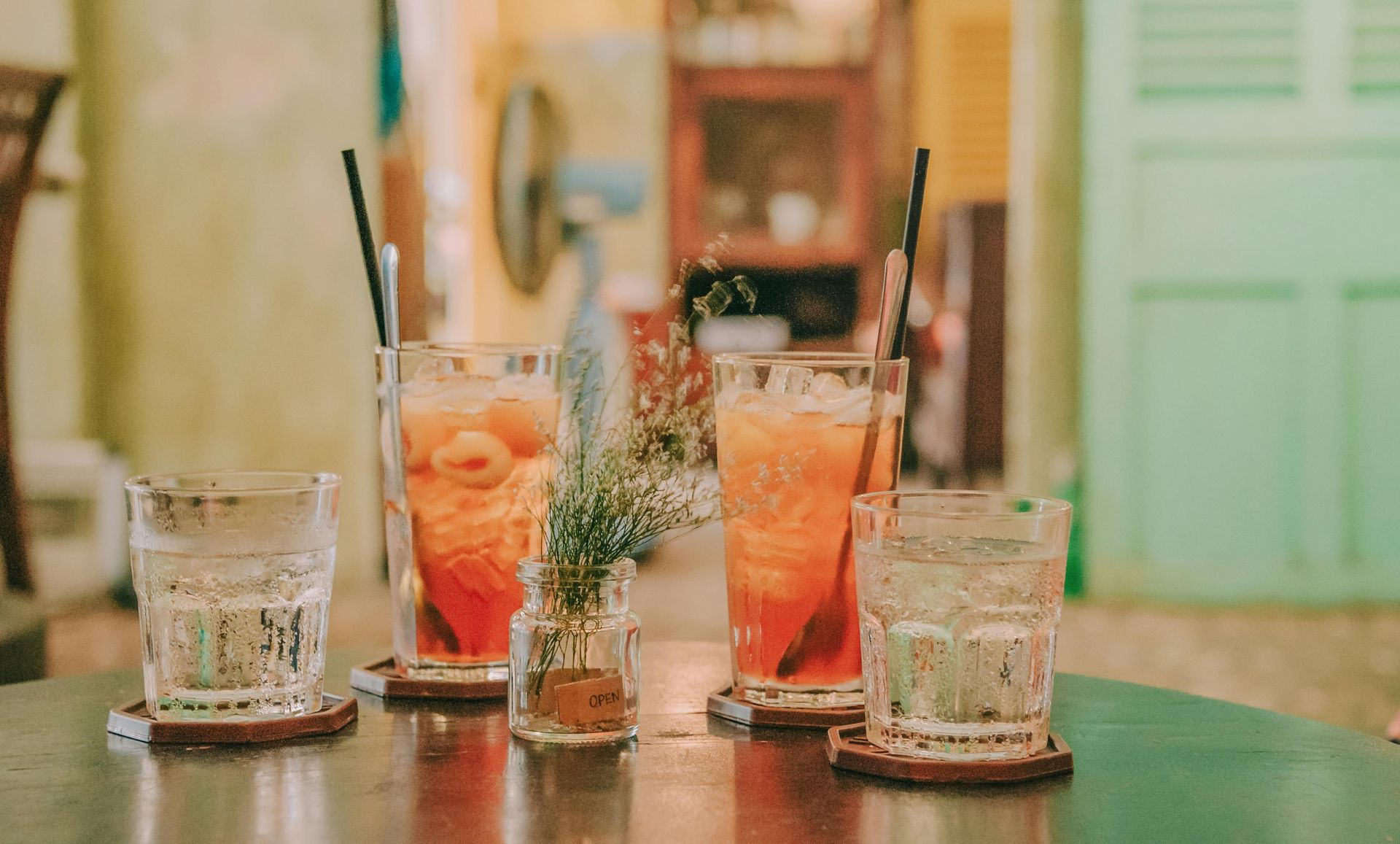
By Gettye Goins
•
December 18, 2024
“Explore expert strategies for menu design and development tailored to craft cocktail bars. Learn how to create curated, seasonal menus that highlight innovation while standardizing classic cocktails for consistency. Discover tips for balancing creativity with cost management, fostering bartender participation, and auditing the guest experience to elevate your bar’s offerings and profitability.”
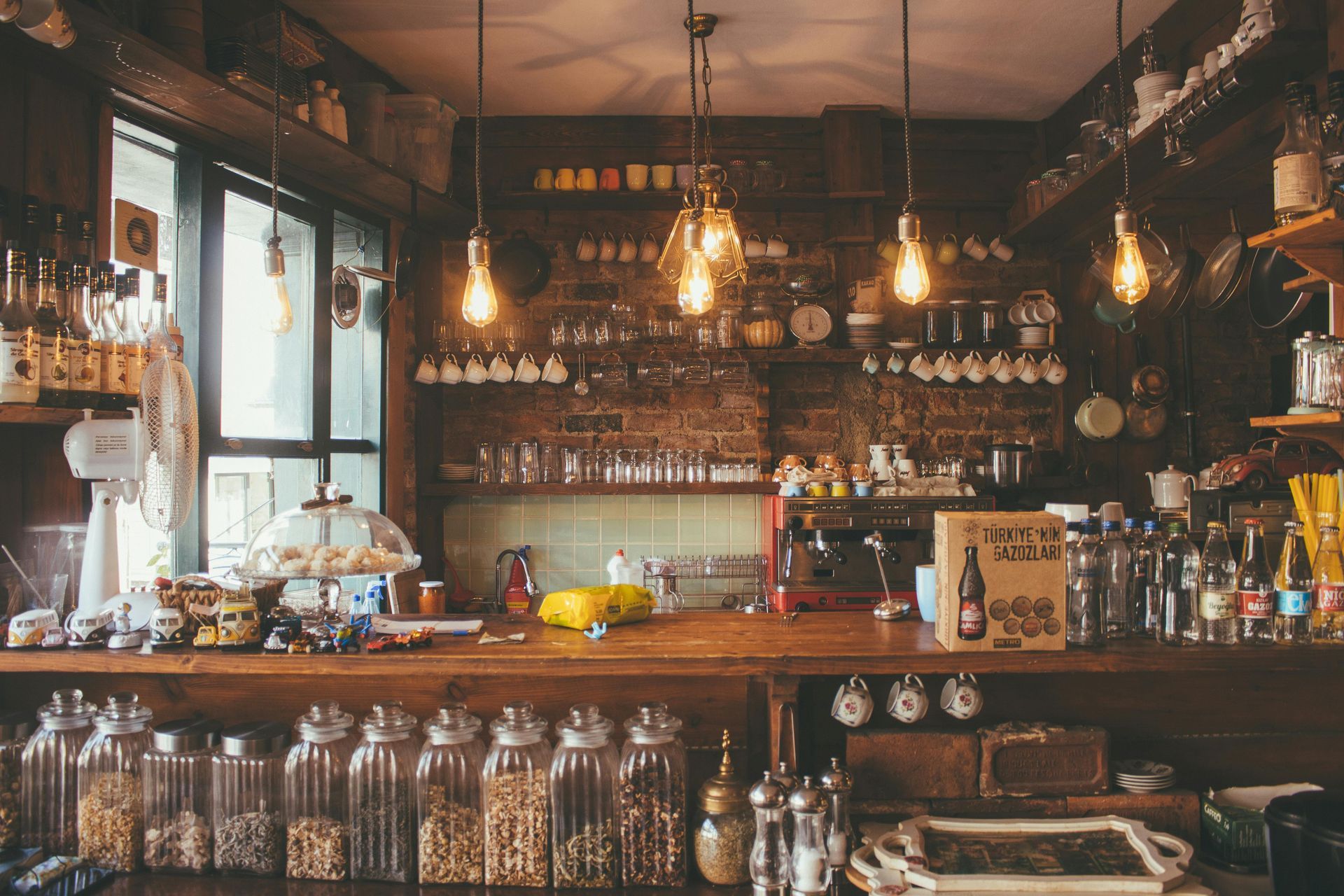
By Gettye Goins
•
December 17, 2024
“Enhance your craft cocktail bar with expert tips on creating a memorable guest experience. Learn how to balance luxury with approachability, engage guests through confident bartending techniques, and tailor service to individual needs. Discover strategies for combining consistency with creativity, fostering a genuine bar culture, and turning every visit into an exceptional experience.”
All Rights Reserved | MixCraft Bartending and Consulting LLC
© 2025

